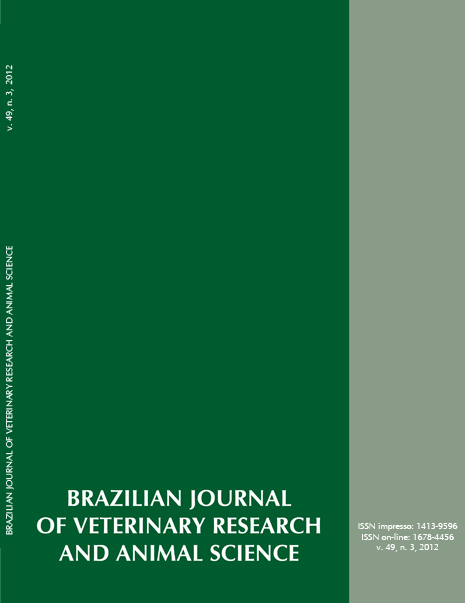Effect of bone marrow mononuclear cells plus platelet-rich plasma in femoral bone repair model in rats
DOI:
https://doi.org/10.11606/issn.1678-4456.v49i3p179-184Keywords:
Critical defect. Femur. PRP. TGF-β1. Rats.Abstract
Mononuclear cells from bone marrow have been used in various treatments of diseases in an attempt to regenerate tissues. The objective of this study was to evaluate the accession and proliferation of mononuclear cells in a critical defect, with the addition of platelet-rich plasma (PRP) and / or TGF-β1 (transforming growth factor beta 1), and then to evaluate bone repair at defective sites on the femurs of rats. We created a critical defect on the bilateral femurs of 33 Wistar-Kyoto rats. Mononuclear bone marrow cells, TGF-β and PRP were added to the lesion on the treated side and saline on the contralateral side. We determined the adhesion of mononuclear cells at the critical defect and bone repair. The presence and consequent adhesion of the mononuclear cells administered to the treated animals was not demonstrated by PCR. Radiographic analysis showed closure of the lesion, but we could not affirm that this resulted from the treatments administered or by normal bone regeneration itself, when the lesion was evaluated at 6 and 10 weeks postoperative, seeing that there were no significant differences between the groups. Conclusions: a)Bone marrow mononuclear cells did not adhere at the critical defect created in the rat femur; b) It was not possible to determine the efficiency of the bone repair treatments studied, as the results did not show significant differences between the groups.
Downloads
Downloads
Published
Issue
Section
License
The journal content is authorized under the Creative Commons BY-NC-SA license (summary of the license: https://





